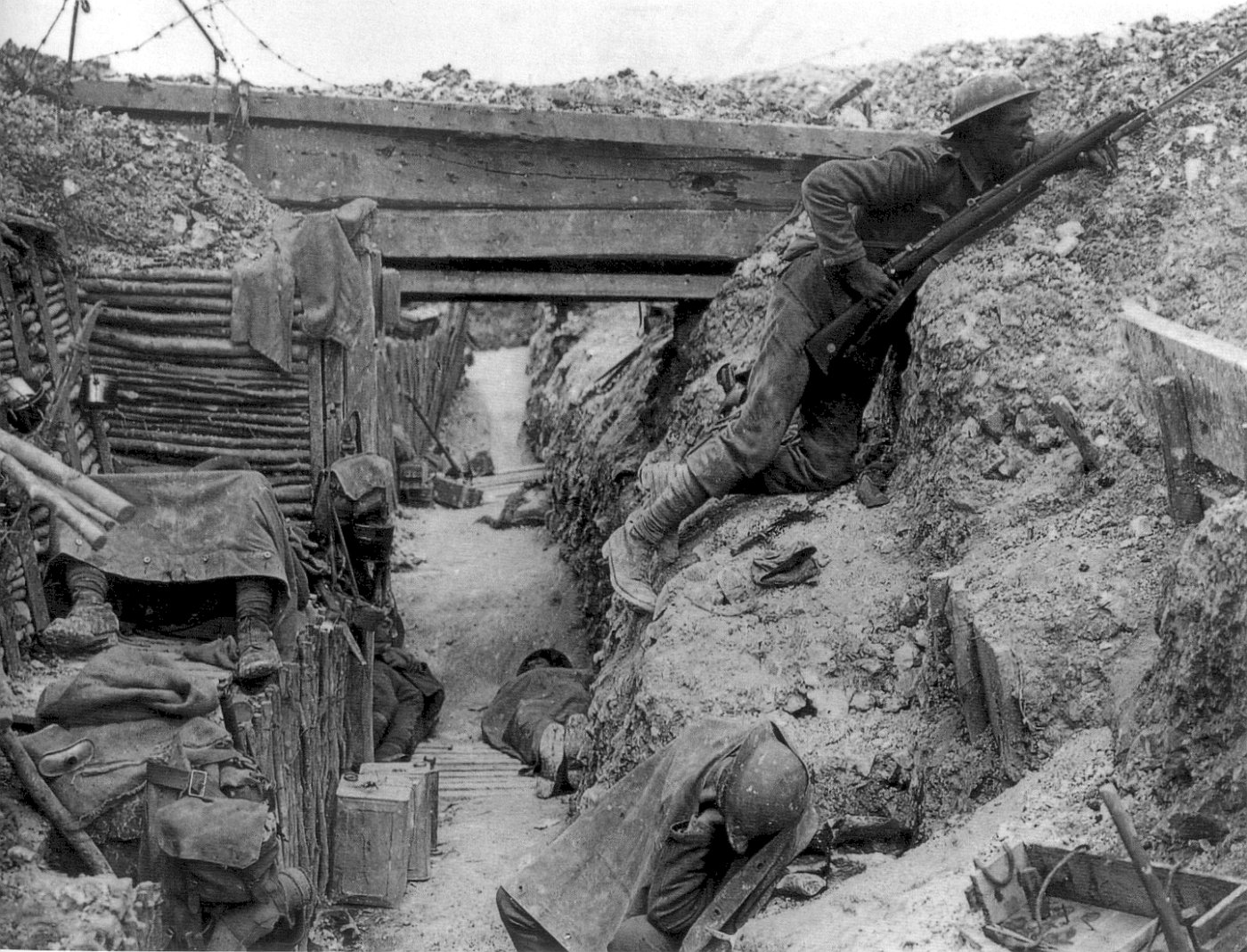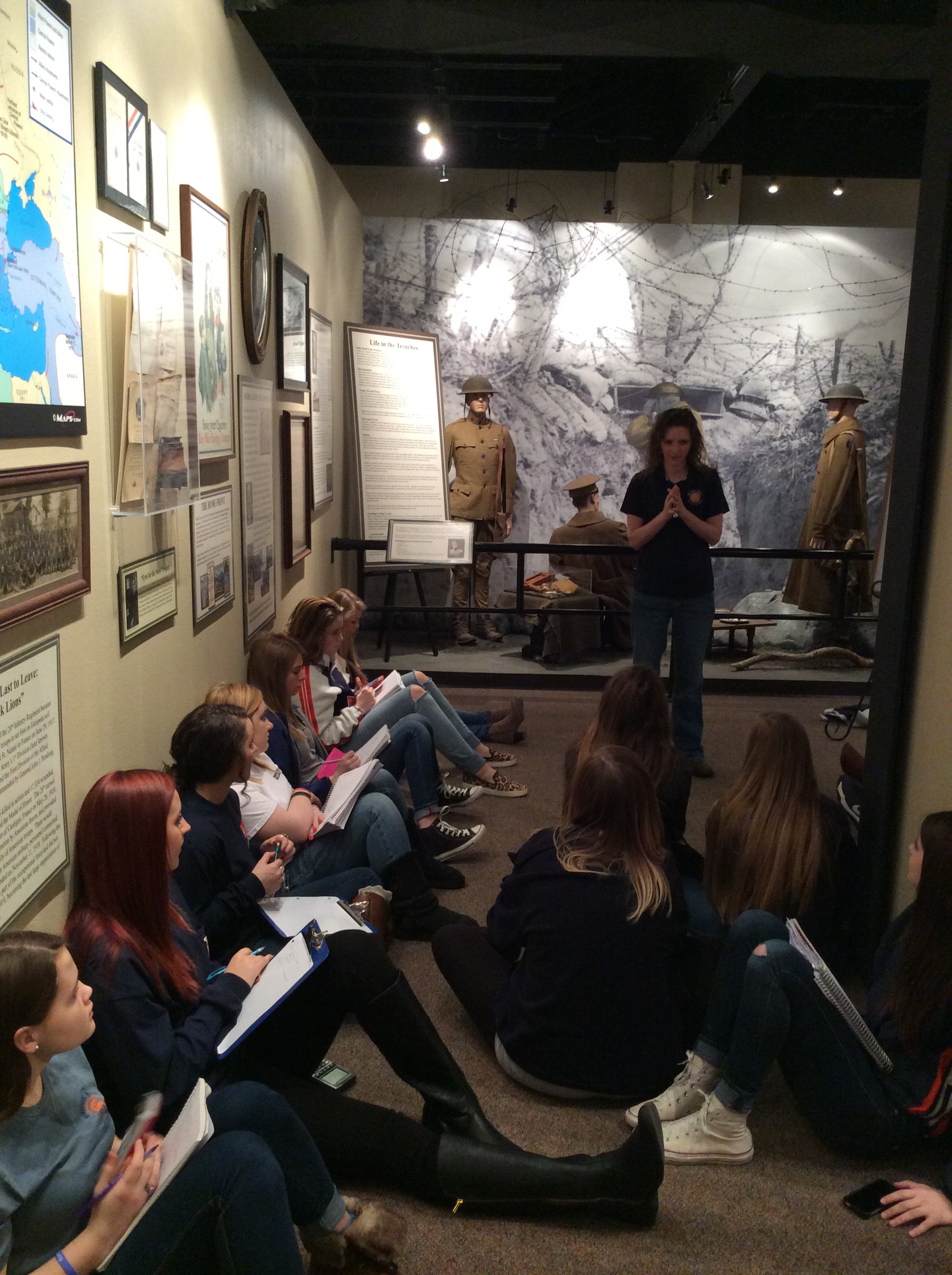College Algebra in the Trenches
From the desk of Jan Hommel, Museum Director:
During the beginning of World War 1, mobility was very limited for the troops. The development of many new types of warfare allowed the troops more defensive strategies to use throughout the war. One of the biggest examples of this is trench warfare. During trench warfare, the opposing armies would conduct battle at close range from a series of ditches dug into the ground. These World War I trenches totaled 475 miles in length and made it almost impossible for one side to advance on the other.
There was nothing glamorous about trench life. The trenches were dirty, smelly and riddled with disease. For soldiers, life in the trenches meant living in fear. In fear of diseases (like cholera and trench foot) and of course, the constant fear of enemy attack.
There were millions of rats in the World War I trenches. A pair of rodents could produce as many as 900 young a year in trench conditions, so soldier’s attempts to kill them were futile.
Mrs. McEuen’s College Algebra class visited the Museum this week to learn how using exponents can make a problem easier to solve. After a brief summary of World War I, military advancements, and heroes, they were charged with the task of finding out how many rats could possibly be inside a trench after 4 years of war. Without considering every aspect of war, and using the parameters given, the total number of rats at the end of the war would have been 8.2 billion.
Students left with a better understanding of exponential growth and the power of exponents and more importantly, they left with a greater appreciation of the sacrifices our soldiers have made for our freedoms.
(World War 1 trench warfare was so intense that 10% of all the soldiers who fought were killed. That’s more than double the percentage of fighting soldiers who were killed in the Second World War.)


